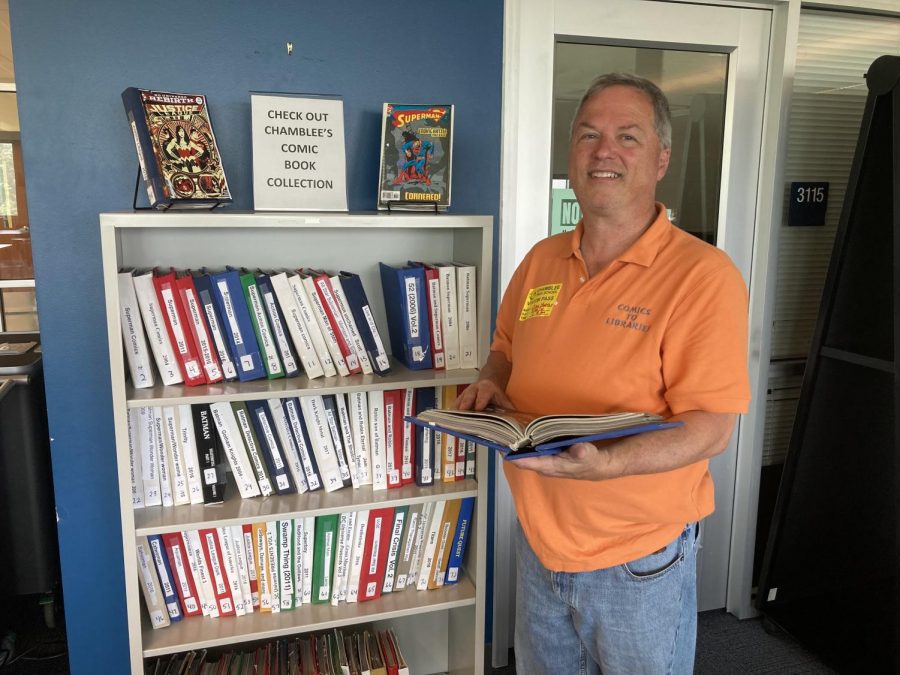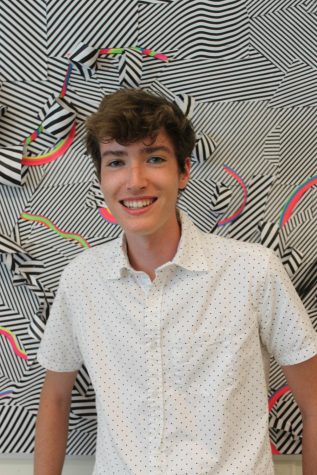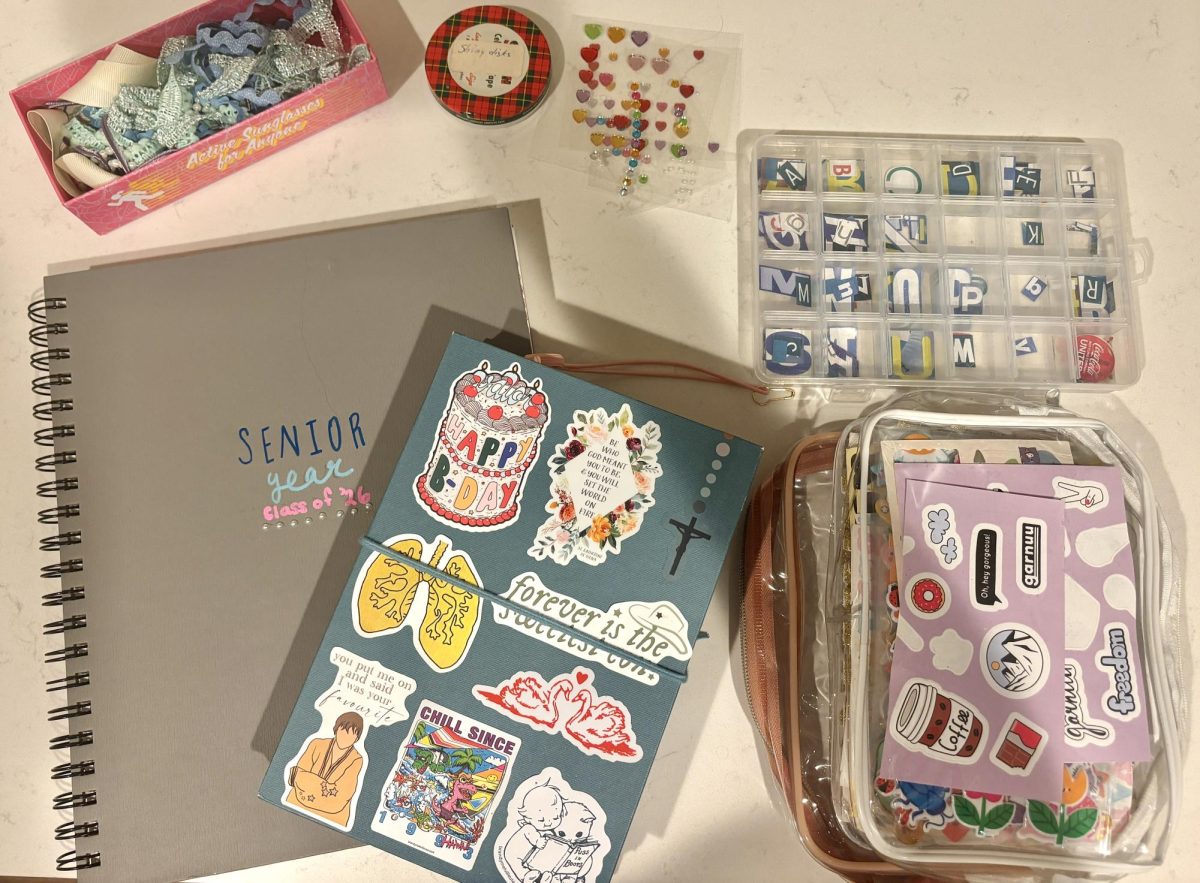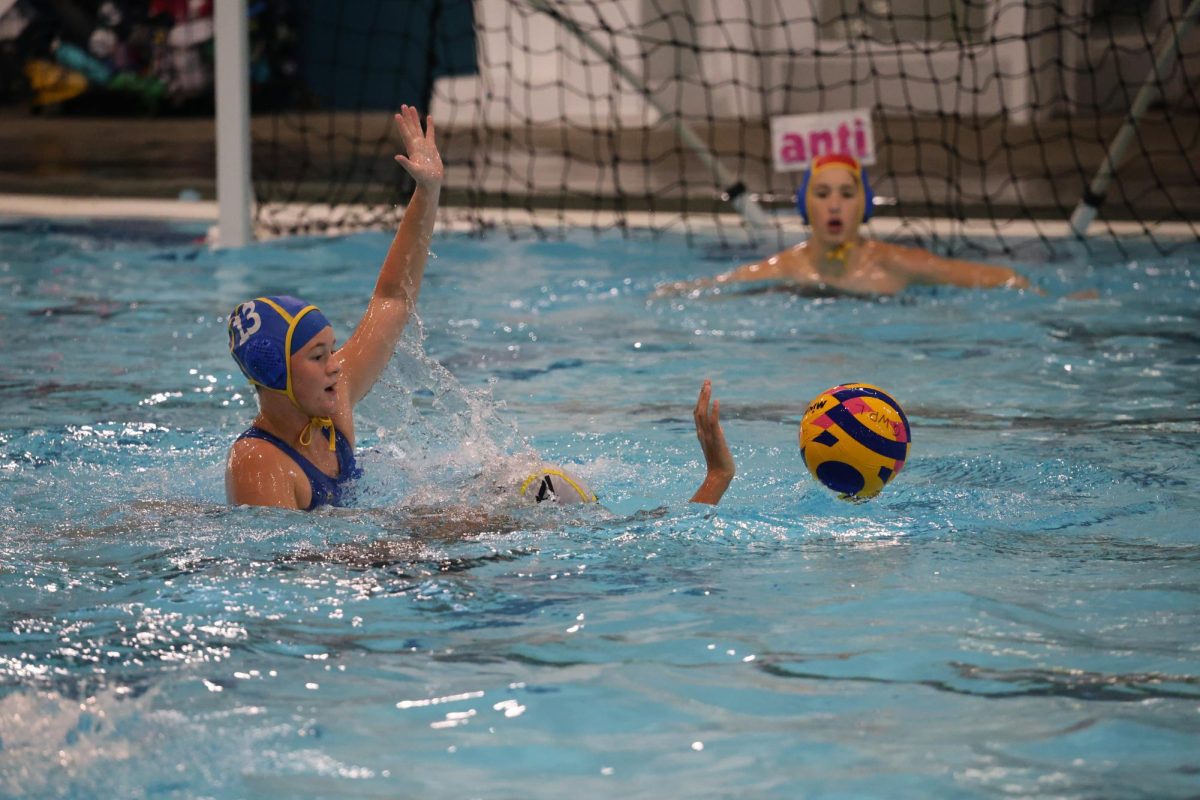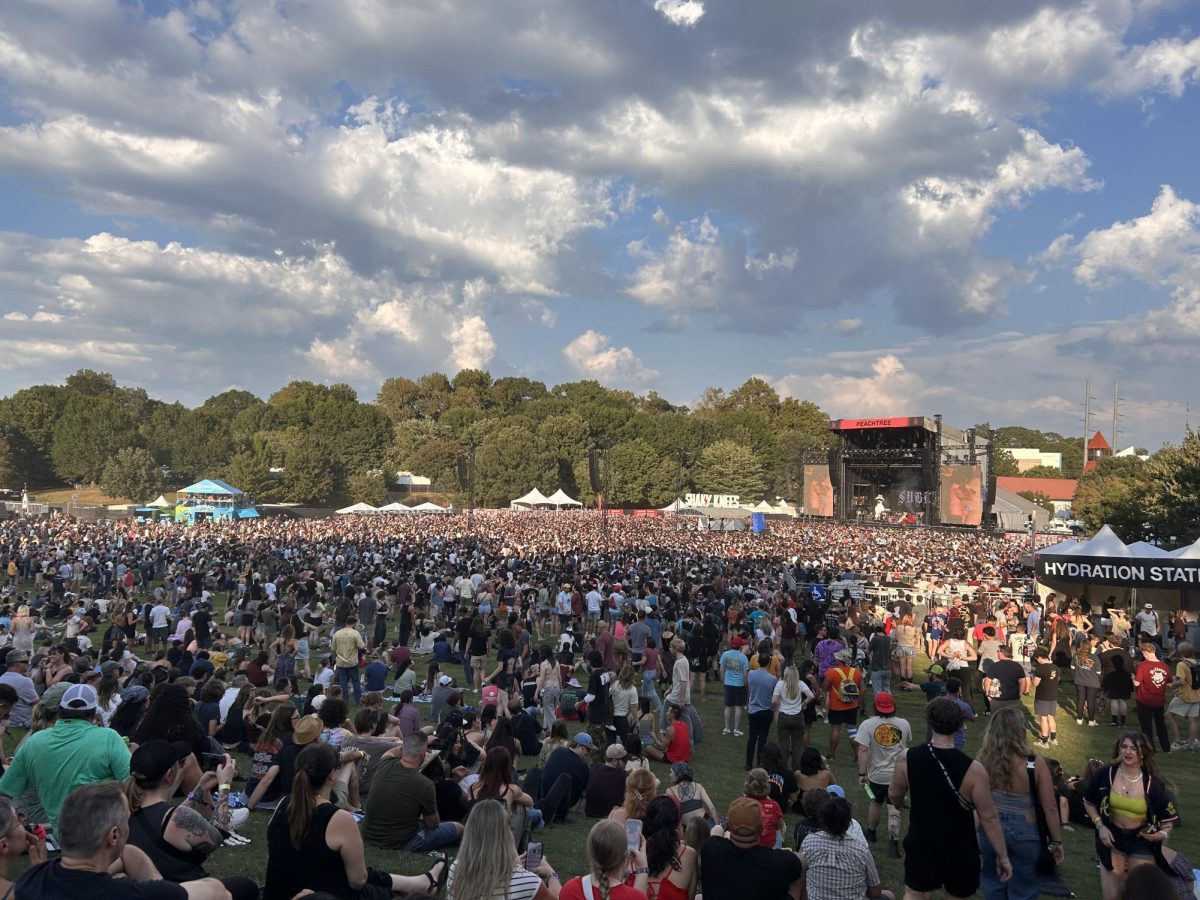‘Zap! Boom! Pow!’: Chamblee’s New Comic Book Collection
Chamblee Alum Clayton Hutsler posing with his Donated Comic Book Collection
August 6, 2021
“I think every community could use some comic books,” said Clayton Hutsler, a Chamblee alumnus who recently donated an extensive collection of comics to Chamblee Charter High School’s media center.
The comic books, which contain more than 30 years of superheroes and action, are the first of their kind in the school’s library.
“These are the first ones,” said Chamblee’s librarian, Christine Holland. “We had a lot of graphic novels and manga, but we did not have any comics like DC or Marvel.”
Hutsler, who graduated from Chamblee with the class of 1977, said his love for comics stems from his childhood.
“The seventies were a real interesting time [for superheroes],” he said. “Marvel comics was doing amazing things with the Fantastic Four and Spider-Man and the Avengers, all those titles. And in the early seventies, [DC comics] put some better writers on Batman and quit being campy like the sixties TV show. […] You had Batman really facing off against bad guys for the first time.”
It wasn’t until college that Hutsler began amassing titles and beginning his collection, however. And at the same time, he says, comics underwent a renaissance as they began to enter mainstream culture.
“Starting in ‘79, I started buying a lot of very important titles,” said Hutsler. “And that was an interesting time because famous comic book writers were entering the market. […] And so you had people recognizing that there were ways to take these properties and publicize them, make money on them, sell Batman Underoos, and suddenly comic books were a part of what was going on.”
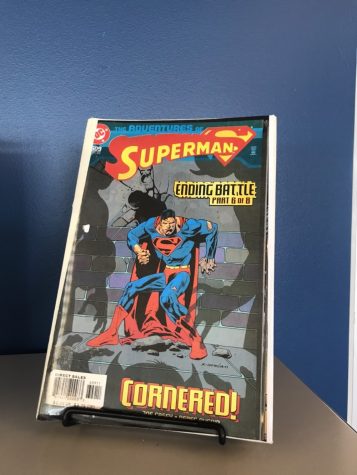
It was around this time that the direct comic market took off, decreasing the consumer price while increasing the popularity of comics.
“At that time in the late seventies they introduced the direct comic market,” Hutsler said. “And so there were stores like the Book Nook on Clairemont Road, where you could go buy comics that were directly distributed to them instead of being distributed by the same people that distribute other magazines. This was a huge change at the time, because […] if you bought a comic from a direct market, you only paid half price for the comic book.”
Over the next 30 years, Hutsler became a teacher, moved to Alabama, and started a family, while continuing to expand his prized comic book collection.
So why did he want to get rid of them?
“In 2017, I lost my vision,” he said. “I can’t see details. And so I can’t read these comic books. They’re not fun to read because I have to enlarge them on the TV just to read the words, and I wouldn’t be able to see the pictures at the same time.”
Hutsler wanted to make sure someone else is appreciating the comics that he no longer feels he can. He donated some books to his sons’ high school, and some to his local public library. And now, Chamblee Charter High School has received a portion.
“I really want to help my community,” he said. “ And I still think of Chamblee as part of my community.”
The comics will be shelved next to the graphic novels in the media center, where the loose books are bound in chronological volumes, numbered one to one hundred.
This binding is of particular importance to Hutsler, who had been interested in the process for years before committing to binding his books a few years ago.
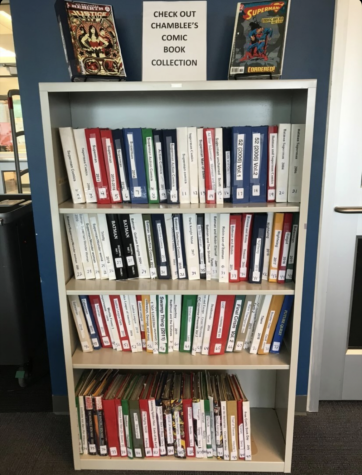
“[Binding] is something that other people have done. I’ve seen people doing it at comic book conventions and other stuff, but I wanted to learn how to do it,” he said. “Then in 2019 on YouTube, somebody finally started making videos about binding comic books. And that was basically how I really realized, ‘okay, I’m ready to do this’. Because there were titles I owned that have never been reprinted, that I had owned all the issues to and wanted to bind.”
So what impact might they have at Chamblee? Holland has some speculations.
“I hope it will generate reading,” she said recently. “I think it will be wonderful because it’s something that’s unique. I’ve already reached out to some students who I thought would be interested because they read a lot of the graphic novels, and they were very excited.”
Holland plans to promote the books to Chamblee students this fall, and thinks there may even be a club that evolves from them.
Hutsler has similar hopes for the books’ impact.
“I think comic books are a way to help readers see things, visualize things,” he said. “I think there’s a part of the brain that really reacts in a different way to a comic book and makes you kind of go into that ‘watching a movie’ mode. Comic books do all sorts of things that we don’t really understand as readers.”
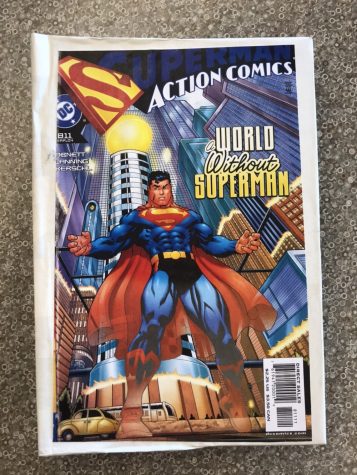
Hutsler emphasized the unique ability of comics to have a reader make connections within a story.
“In one panel, you might see a hand holding up a knife, and then the next panel will be an exterior shot and they just show you a scream,” he said. “In those two panels, somebody was murdered, but you never saw the murder. You don’t really know what happened. And so the artists didn’t kill anybody. The writer didn’t kill anybody. The reader killed somebody. And so comics do things that other mediums don’t in that respect.”
If nothing else, Hutsler hopes the books can be a jumping-off point for readers.
“If a child comes to school and they’re kind of freaked out because they’re going to have to read a Shakespeare play, I think it’s great that they could go in and pull down a comic book and say, ‘This isn’t as many words, I can read this and build my reading skills up,’” he said. “You have to have somewhere to start.”

